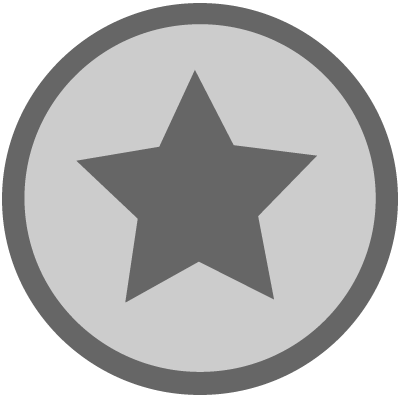Team:UCSD Software/SoftwareAchievements
From 2014.igem.org
| Line 29: | Line 29: | ||
#nav .btn:hover{ | #nav .btn:hover{ | ||
| - | color: | + | color: gold; |
| - | background-color: rgba(204,204,204,0.5); | + | //background-color: rgba(204,204,204,0.5); |
} | } | ||
#nav .btn:active{ | #nav .btn:active{ | ||
| - | color: white; | + | //color: white; |
| - | background-color: rgba(204,204,204,0.5); | + | //background-color: rgba(204,204,204,0.5); |
} | } | ||
Revision as of 11:18, 15 October 2014

Documentation
We have documented each aspect of our project, ranging from the database to the traversal algorithms to the web application, in a very concise manner. We have discussed the project aims, methods, and success. Also, we have discussed the future directions of the project.
We have also carved out a tutorial for our application that will make it easy for people to get started with SBiDER. This includes:
- Tutorial for using the web app.
- FAQ fo navigating CyNetShare.

Re-Use and Best software development practices
- Our complete source code has been submitted to the iGEM GitHub repository.
- We have also included comprehensive code documentation for outside developers.
- We also used git versioning from the start of our project so that the commit history will be available on github.
- Use of SBOL and other standards. (Use and/or improvement of existing synthetic biology tools or frameworks; cite other iGEM teams).

Relevance and Validation
This (provide link or info directly) is how our project is relevant to Synthetic Biology.
We have also devised an experimental test for our program/algorithm/workflow (demonstrate/display here).
Testing
In the early stages of our project, we had planned on and worked with testing frameworks such as QUnit, which is a JavaScript Unit Testing Framework. Although we ended up not using it eventually, it was something that a lot of our team members had worked on and/or considered using.
 "
"